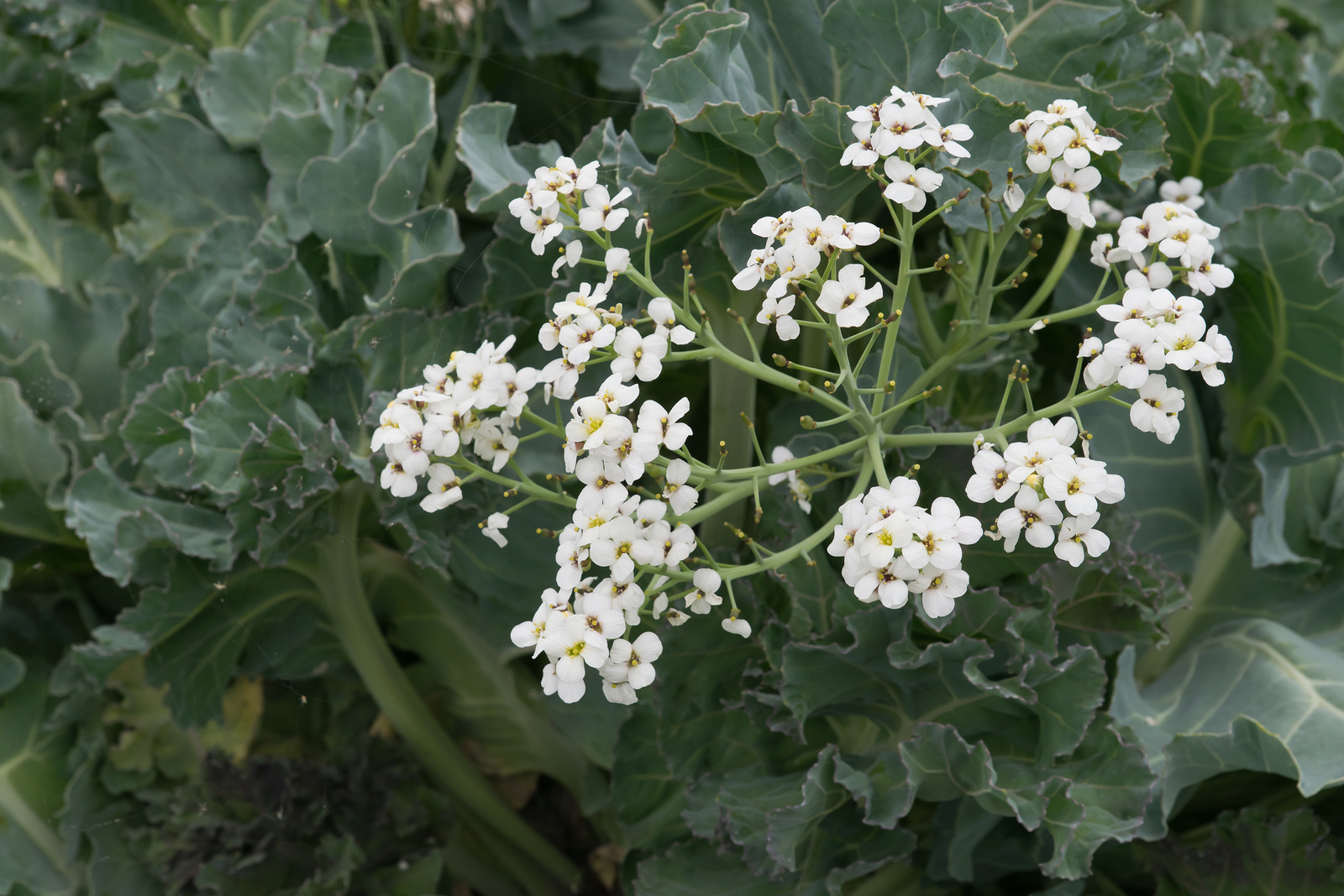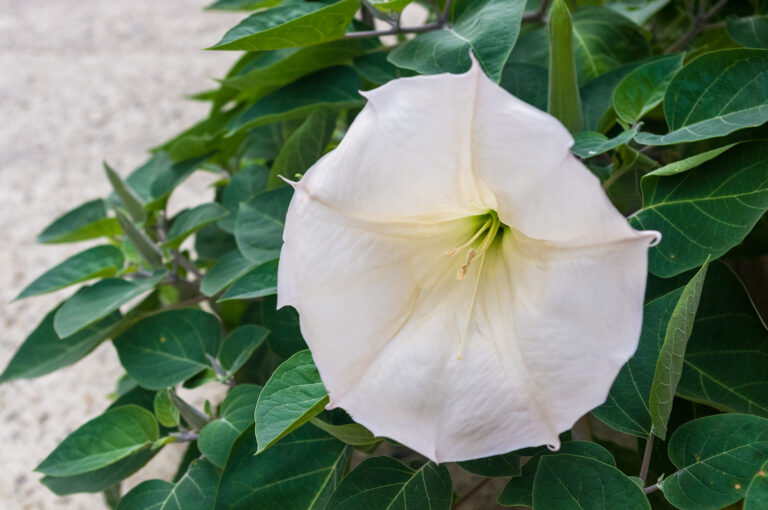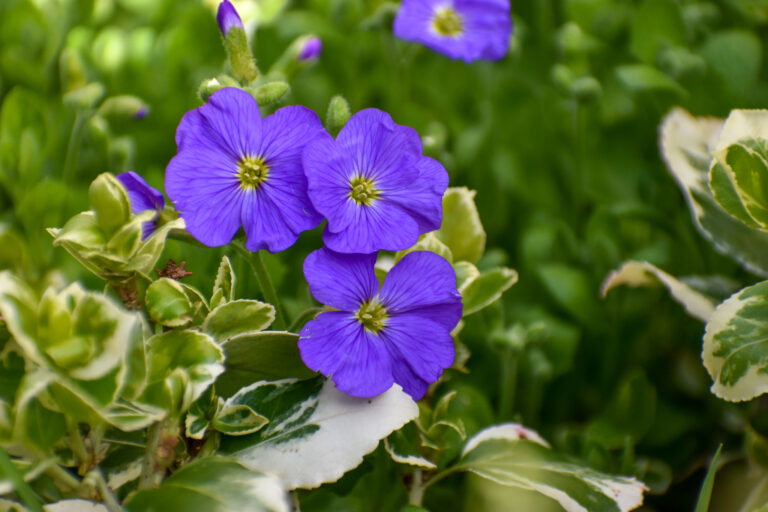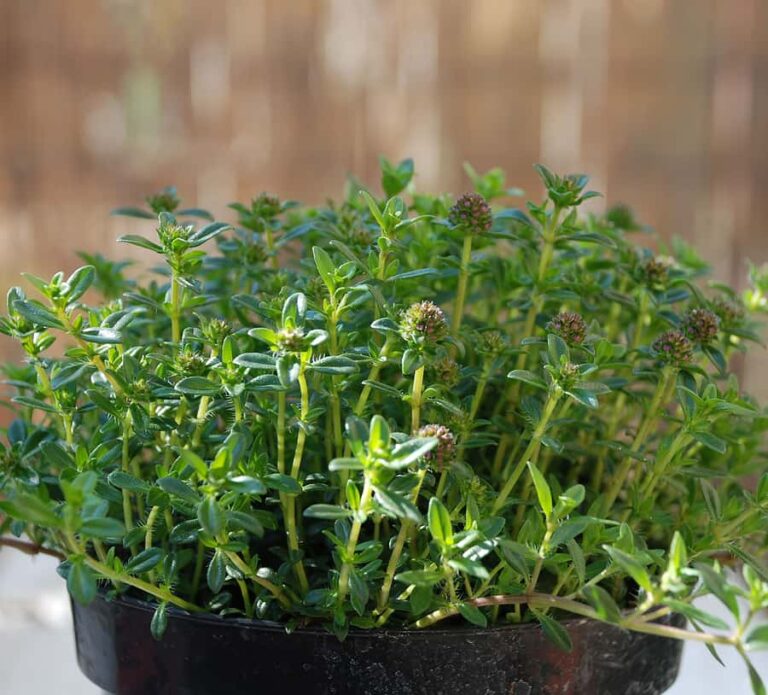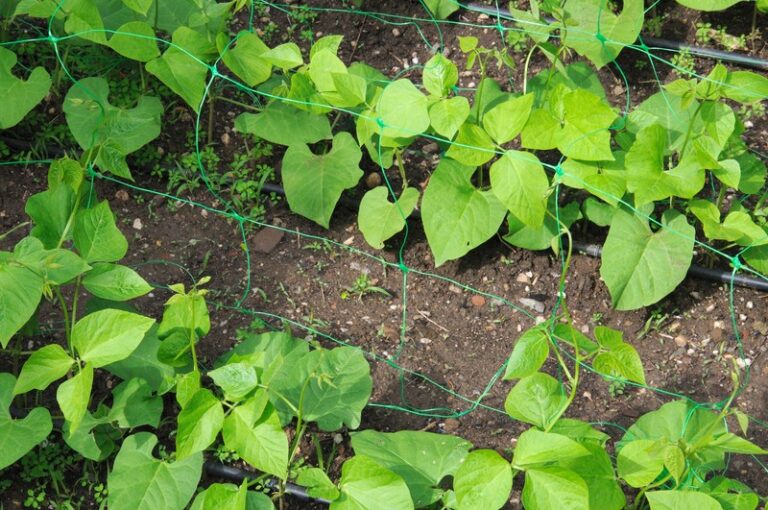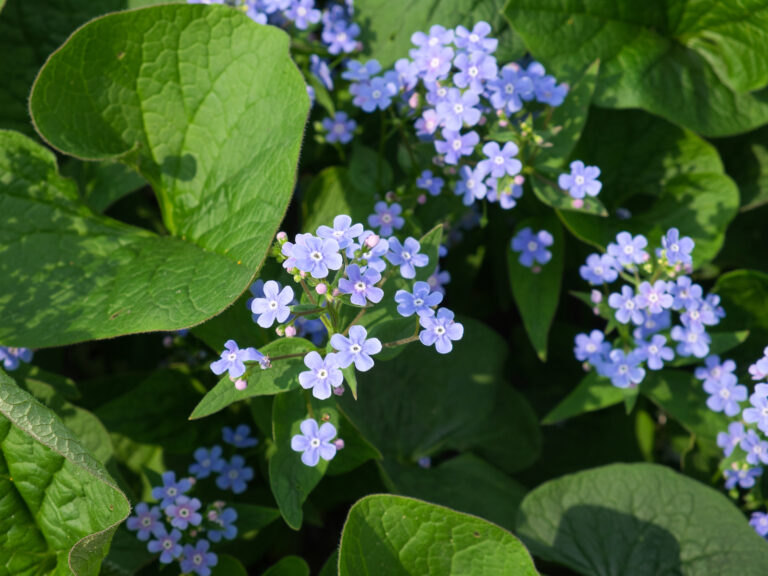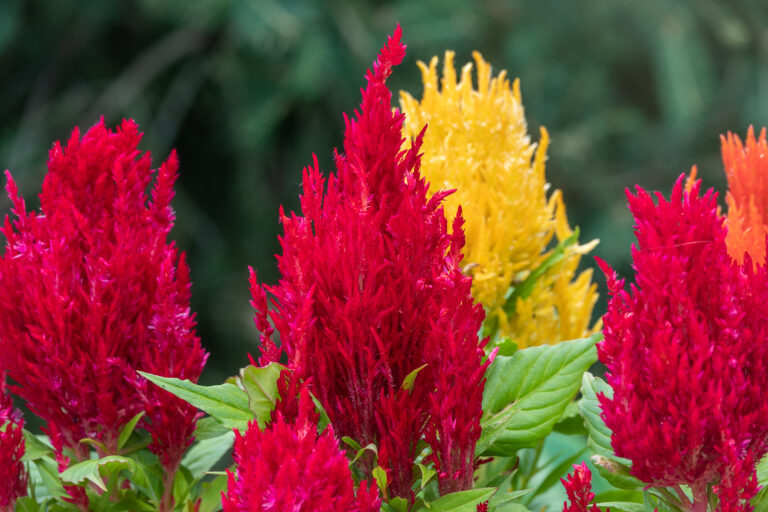How to Grow Colewort — Crambe
Crambe is a tall perennial that produces mounds of dark green leaves below clouds of tiny white fragrant flowers. The wispy blooms are nearly see-through.
Crambe is a member of the cabbage family; leafy mounds have a cabbage-like appearance. Crambe is much branched; blooms appear in clusters and are honey-scented.
Set Crambe at the front of a bed or border. Give Crambe plenty of room; it is a large, imposing plant.
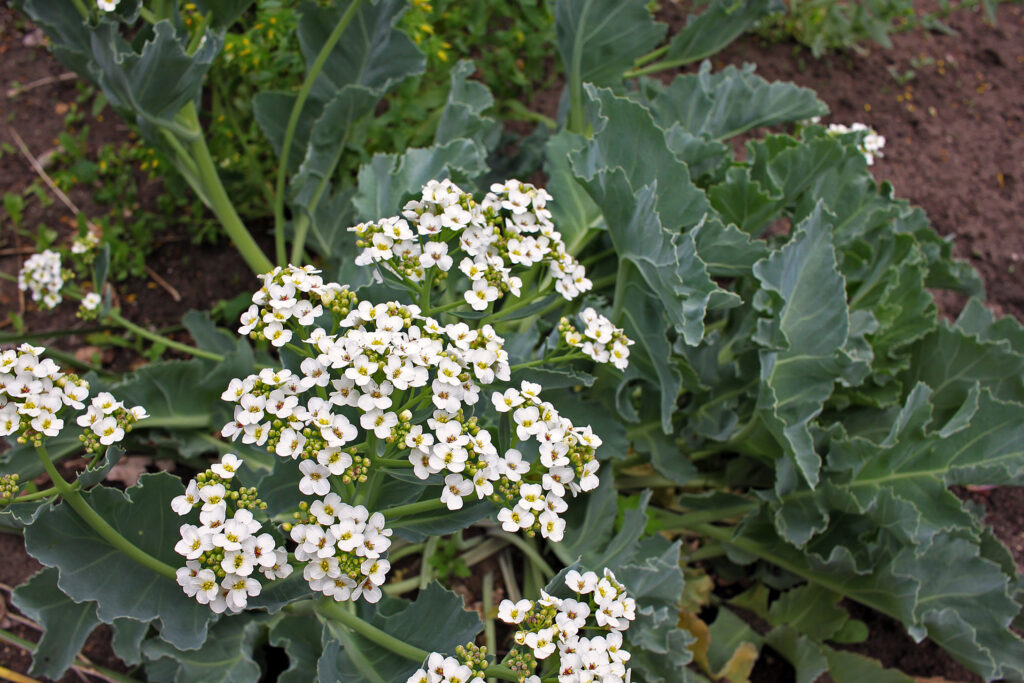
Get to know Crambe
- Plant type: Perennial and annuals
- Growing Zones and range: Zone 5 to 9
- Hardiness: Crambe cordifolia is hardy to -10°F (-23°C).
- Height and width: 4 to 6 feet (1.2-1.8m) tall; 2 to 4 feet (.61-1.2m) wide
- Foliage: Simple basal leaves and thick, erect stems usually leafless or may bear smaller leaves
- Flowers: Clouds of tiny, scented, cross-shaped similar to baby’s breath
- Flower colors: White or yellow
- Bloom time: Early summer
- Uses: Flower beds and borders; fragrant gardens
- Common name: Crambe, sea kale
- Botanical name: Crambe spp.
- Family: Brassicaceae
- Origin: Open grassland Europe, Turkey, Central Asia
Where to plant Crambe
- Plant Crambe in full sun.
- Crambe will grow in average to humus-rich, well-drained soil.
Crambe uses and companions
- Plant Crambe in a large border. Crambe will thrive in a wild or woodland garden or in coastal sites.
- Crambe needs plenty of growing space in a border; flowers form a fine-textured veil through which bolder plants can be seen.
- Good garden companions for Crambe include Acanthus mollis, Boltonia asteroides, Euphorbia corollata, Gypsophila paniculata.
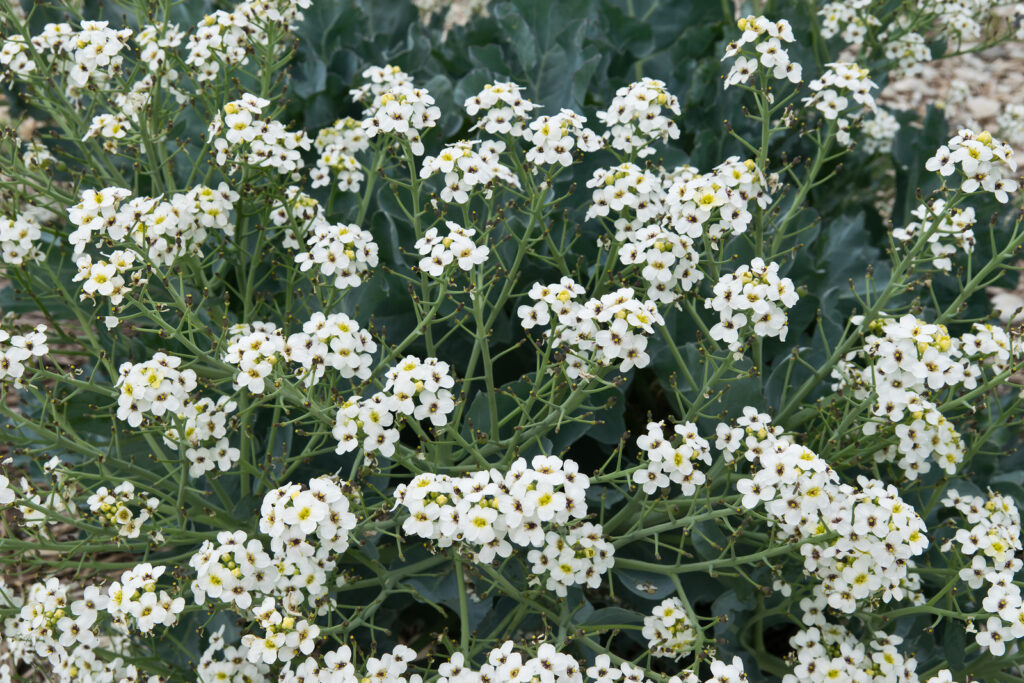
When to plant Crambe
- Set Crambe outdoors in spring.
Planting and spacing Crambe
- Space Crambe 2 to 4 feet apart.
How to water and feed Crambe
- Keep Crambe well watered; do not let the soil dry out.
- Fertilize Crambe with an all-purpose fertilizer every 4 weeks.
Crambe care
- Stake plants when they get tall to prevent plants from falling over.
- Trim away spent blooms to avoid reseeding.
- Crambe is susceptible to caterpillars and aphids.
Crambe pests and diseases
- Crambe is susceptible to clubroot and soil-borne black rot.
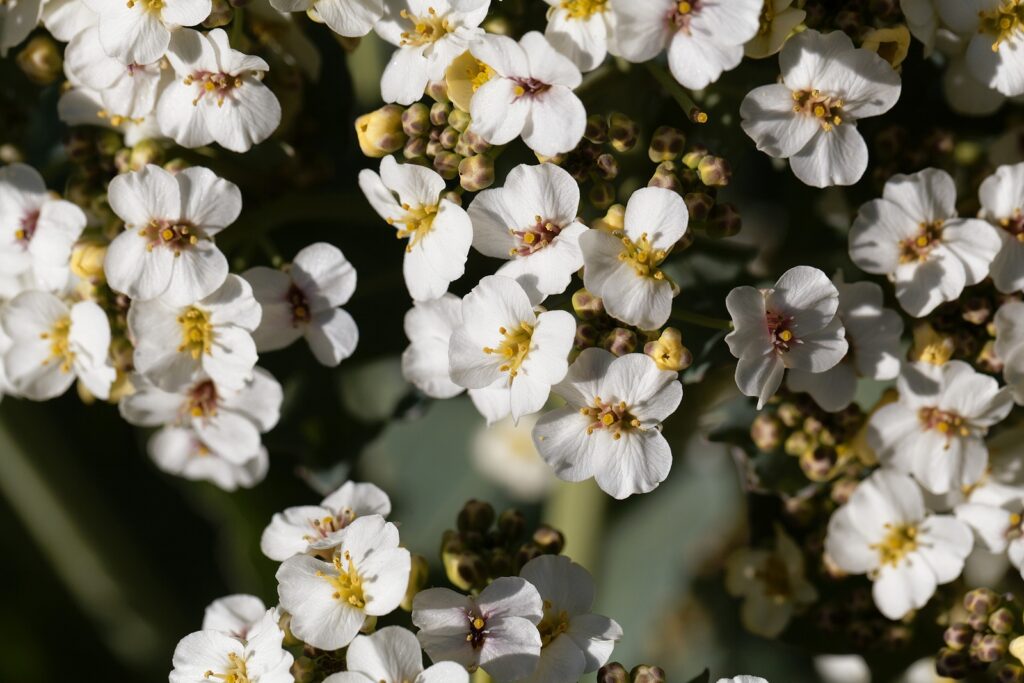
Crambe propagation
- Sow seed in containers in spring or autumn. Seeds will germinate in 7 to 14 days at 60° to 75°F (16°-24°C).
- Divide Crambe in early spring or start root cuttings in winter.
Crambe varieties to grow
- Crambe cordifolia, colewort: mound-forming perennial with ovate, dark green leaves which die down in mid-spring; stems bear white flowers in panicles in late spring and midsummer.; this variety can grow to 8 feet tall and 5 feet wide.
- C. maritima, sea kale: spreading, mound-forming perennial with blue-green leaves; grows 2 feet tall and tolerates sand and salt neat the seashore; white flowers borne in dense racemes to 30 inches high and 24 inches across.

